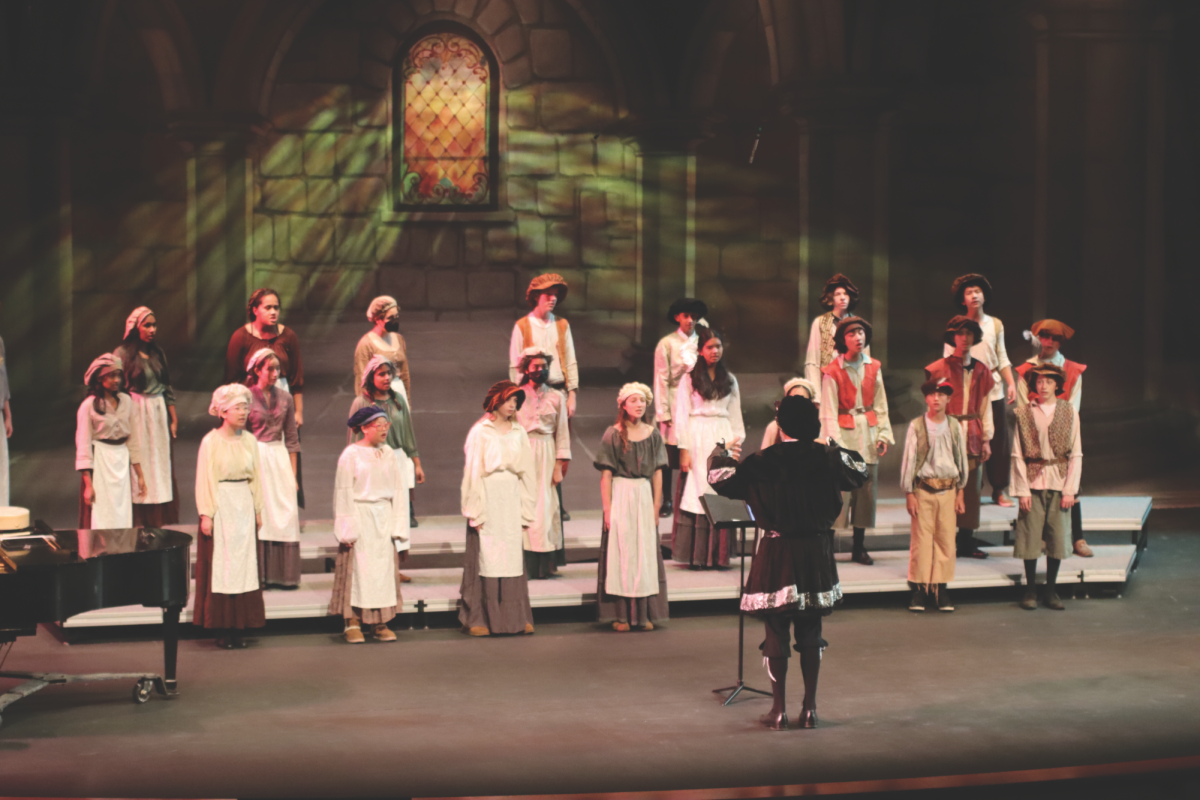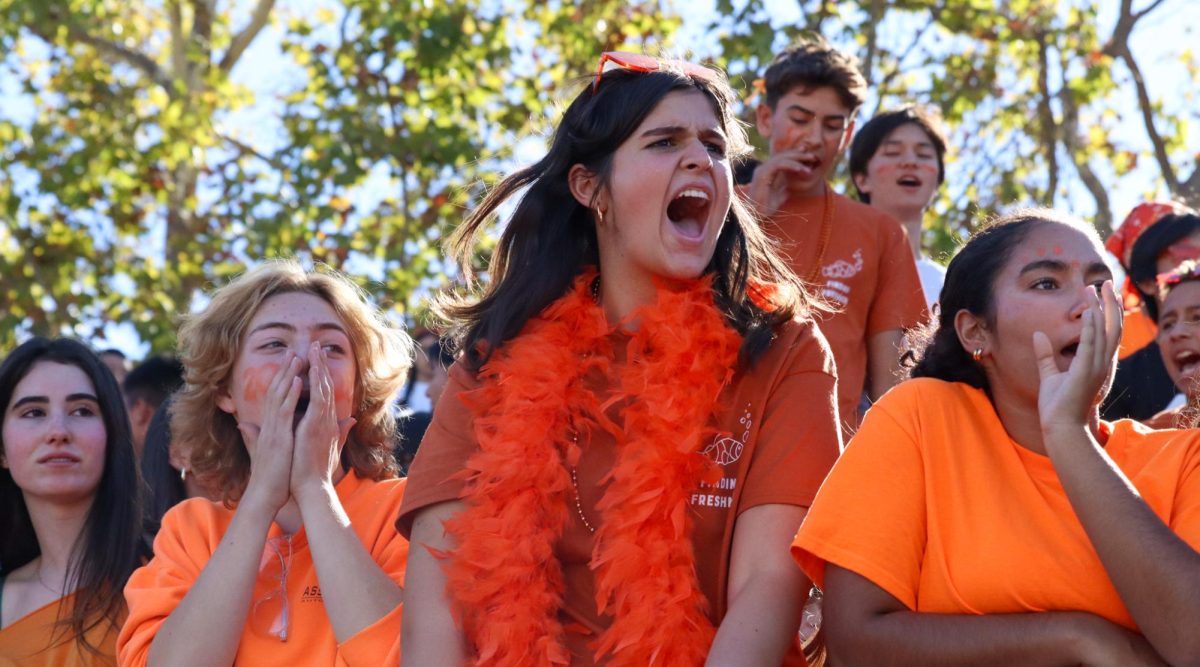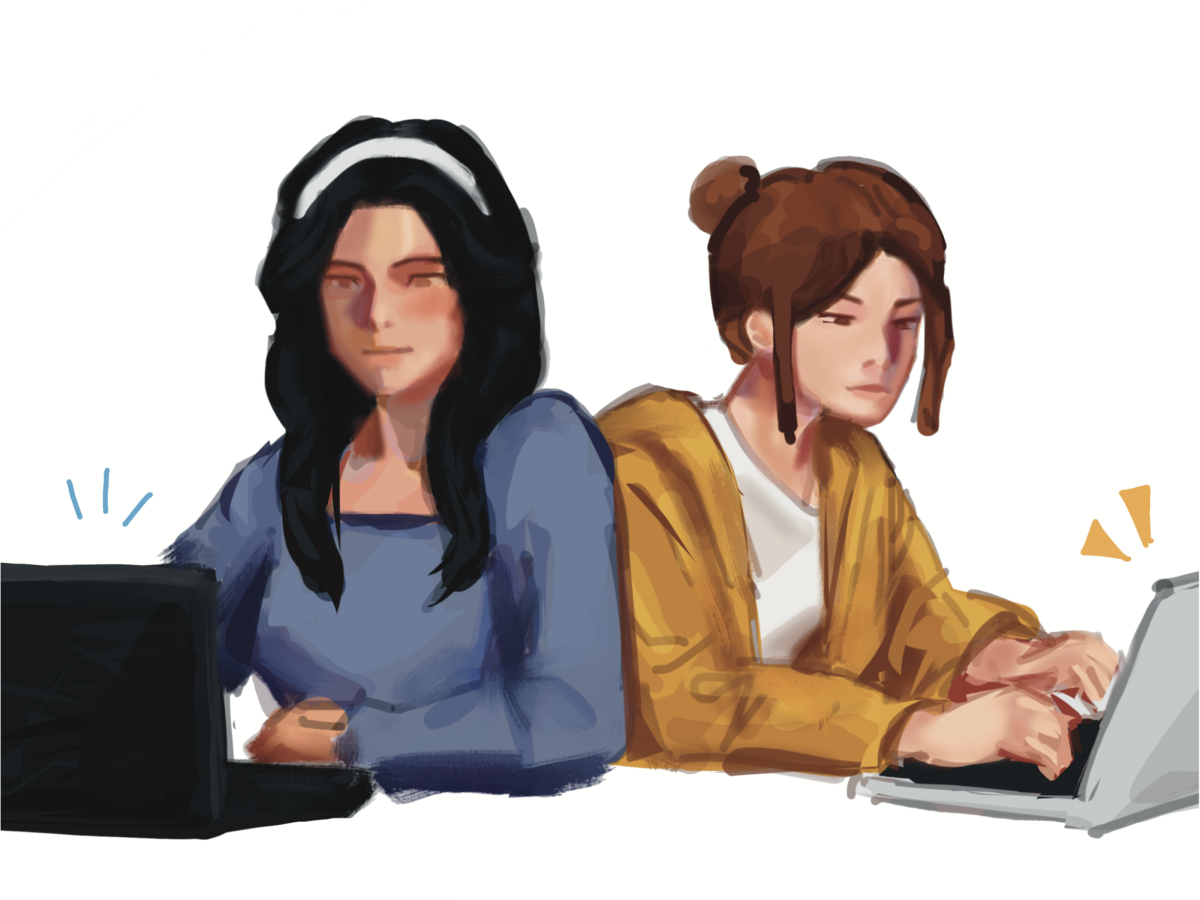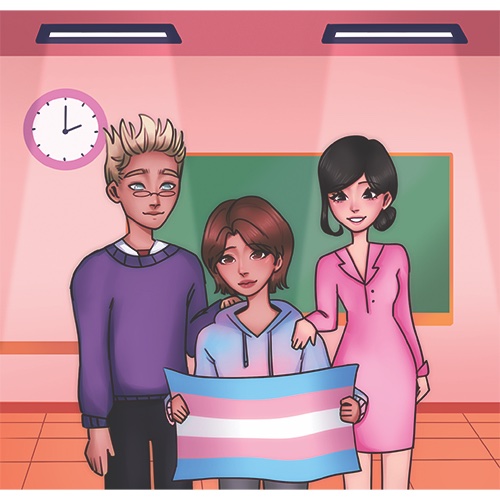The California Department of Education is distributing $1 billion to Visual and Performing Arts programs across the state. The funding aims to increase arts education in low-income areas and establish more equitable state-wide programs for students with little exposure to the arts.
Voters approved the arts funding in Proposition 28 by 64.4%, the largest margin of success for an education initiative in California’s history. The grant, which comes from the state’s General Fund — a pool of money for revenues that are not designated for a specific purpose — is divided. 70% of it will go to schools based on their share of student enrollment statewide, while the other 30% will go to schools based on their number of low-income students.
Under this division, PAUSD is receiving $1,239,309 in preliminary funding for arts and music in schools from Proposition 28, which has yet to be distributed among the schools.
However, districts with more than 500 students must allocate 80% of funding for staff and 20% for materials.
Additionally, funds must supplement, not replace, current programs.
In response to The Campanile’s public records request, PAUSD refused to disclose the preliminary staffing and school site expenditure plans for the use of Proposition 28 funding during the 2024-25 school year, citing that no supply or materials funds have been spent because the CDE has not yet released the reporting guidelines.
Theatre teacher Sarah Thermond said the grant enables the theatre program to experiment with different crafts by bringing in professionals to teach and guide.
“We could use that funding to bring in someone with an expertise on a subject to help support us on a show,” Thermond said. “For example, if we were working on a production with content that we wanted to bring an expert in or we’re dabbling with adding projections to some of our shows, they could come in and do that.”
Junior Polina van Hulsen, who is taking AP Art Studio and Design, said she would like to see digital art incorporated into general art classes.
“Right now we have access to digital iPads, but having more focus on the digital art side and Photoshop courses incorporated into one of the main pathways could be interesting as well,” van Hulsen said.
In an email response to The Campanile, Amanda Bark, the Manager of Policy & Compliance at the PAUSD District Office, said middle school music and drama teachers who hold two outside of schools productions/performances per semester will receive a stipend of $2,095 per year out of Proposition 28 funds during the 2023-2024 school year.
Additionally, PAUSD VAPA Director Kelly Martin wrote in an email reply to The Campanile that PAUSD identified specific needs within the district’s arts programs for the 2023-24 school year. Previous grants were spent on staffing in areas based on student elective choices in middle and high schools if there was an opportunity to add a new section without supplanting current courses. In K-5 schools, additional Spectra Art and music classes were added.
Thermond also said the money could be used to hire experts who have experience in multicultural theatre to broaden students’ perspectives of art.
“If I wanted to teach students about a form of theatre from a country that isn’t my country of origin and that I didn’t study in college, I could use that money to find someone who can bring that expertise,” Thermond said. “The money to hire outside people has sometimes felt like one of the hurdles in the way of doing that work, so I’m excited that now there is a source of funding that seems (to be) made for bringing in those voices and experts.”
Thermond said the additional funding will primarily benefit lower-income districts, as barely one in five California high schools do not have a full time arts or music teacher, according to an EdSource interview with Los Angeles Unified Superintendent Austin Beutner.
“For some schools, it’s really going to be the difference in whether or not after-school programs happen,” Thermond said. “That’s what has gotten theatre teachers really excited about (Proposition 28), because we all want every kid to have access to (theatre).”
Van Hulsen said funding the arts programs provides students with the chance to develop a creative outlet, which is limited in other classes.
“For people that are creative-minded like me, (arts programs) are a really good creative outlet for self-expression,” van Hulsen said. “It’s super important to have that ability to express yourself. I feel like most of the time, we’re so busy with other classwork to have the opportunity to still be in the school environment and express ourselves creatively.”
Thermond said the funding is a sign of support for the arts, regardless of its allocation within the district.
“There is also just that nice vote of confidence that the voters of the state want to see more arts in schools,” Thermond said. “When you’re an elective teacher, you often feel like you’re fighting to hold on to your program to prove that it’s relevant and prove that it’s useful. A new source of funding like this coming in to give some extra lifeblood (gives) that feeling that people in California want their public schools to have arts programs.”






